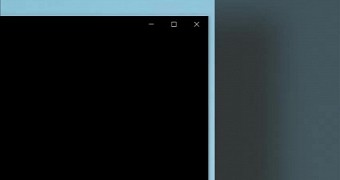Previous Windows 10 versions, and you can include here both 1903 and 1909, shipped with an awkward transparency bug that was spotted in various parts of the operating system, including the Action Center and the Start menu.
More specifically, what this bug was causing was a slow acrylic effect loading process, so when clicking any of the two desktop features, Windows 10 first loaded a solid color and only then enabled the transparency.
This means the acrylic effect (which by the way, is part of the Fluent Design language), was actually enabled once the loading was complete. While this was an approach that more or less reduced the time needed to load the Start menu and the Action Center, especially on computers with low GPU power, it was easily noticeable and criticized by many users.
In Windows 10 version 2004, however, Microsoft used a different approach for the whole thing, again in an attempt to reduce the loading time and improve performance on low-spec configurations.
More seamless transition
As someone on reddit discovered, Windows 10 May 2020 Update still doesn’t enable the acrylic effect form the get-go, so what it does is use a static background that previews what’s going to be under the Start menu and the Action Center when the transparency effect is loaded.
In other words, the see-through effect isn’t available from the very beginning once you click the Start menu or the Action Center, and these two actually use a background that’s generated based on the content which should normally be in that part of the screen and which would eventually be visible once transparency goes live.
The screenshot that you see here provides us with a closer look at this new approach, and although it’s not the best, there’s a good chance many wouldn’t even notice it in the first place.
Microsoft has remained tight-lipped on this change, so it’ll be interesting to find out if this is the company’s choice to deal with the whole thing going forward or it’s just a temporary solution in version 2004.

 14 DAY TRIAL //
14 DAY TRIAL //